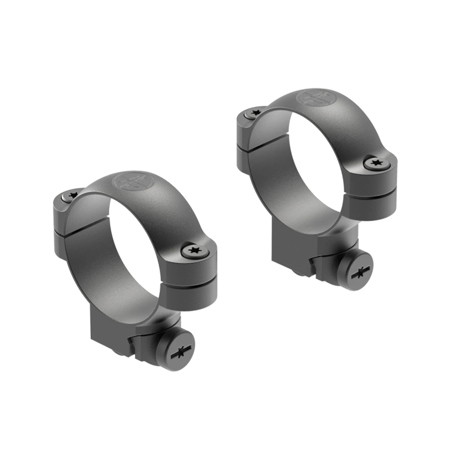


Finally, a three-position safety allowed the bolt to be operated while the gun was still on safe, making unloading of the rifle less hazardous. The plunger ejector was replaced with a Mauser style blade ejector. The claw extractor was retained, but the bolt face was opened up to allow controlled-round feeding. The safety, bolt, and trigger were mildly redesigned. The M77 was retooled almost entirely and reintroduced in 1991 as the Mark II. The first rifles had simple rounded-top receivers drilled and tapped for separate scope mounts. The first change involved incorporating a proprietary scope mount milled integral with the receiver. The M77 has undergone one minor and two major redesigns. The M77 uses an angled screw that draws the action down and to the rear, tightly bedding it against the stock. The front action screw of traditional bolt-action rifles draws the receiver directly down against the stock. Perhaps the most novel feature of the M77 is the only one that has not been redesigned, the angled action screw. A two-position tang safety and redesigned trigger system were also designed from scratch. The Sullivan-designed bolt dispensed with the Mauser blade type ejector and instead used the simpler plunger style of ejector. Bill Ruger wanted to use investment casting in place of a forged receiver. 30-06 Cal SAR (Search and Rescue) rifleįrom the beginning, the Ruger M77 was intended as a modernized Mauser 98, though numerous changes were made.


 0 kommentar(er)
0 kommentar(er)
